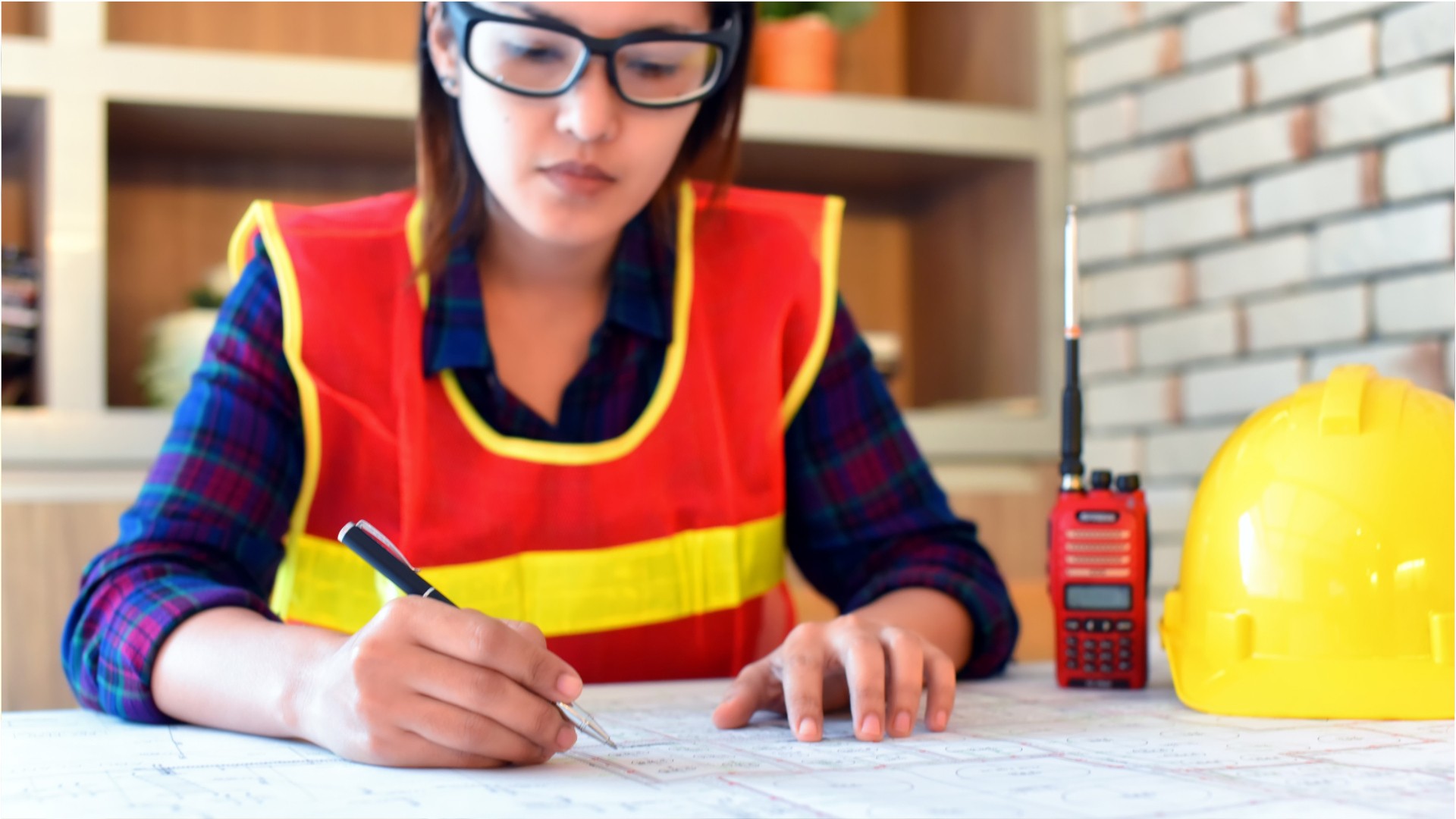Fire-Prevention & Protection Engineers
Engineer, Fire Protection Consultant, Fire Protection Engineer (FPE), Professional Fire Protection Engineer
 Select a military branch to see samples.
Select a military branch to see samples.
Fire Protection; Fire Protection Apprentice; Fire Protection Craftsman; Fire Protection Helper; Fire Protection Journeyman; Fire Protection Superintendent
No similar titles were found.
No similar titles were found.
Expeditionary Airfield Systems Technician; Ground Safety Officer; Ground Safety Specialist
Aviation Safety Officer; Weapons Safety Officer
No similar titles were found.
What they do:
Research causes of fires, determine fire protection methods, and design or recommend materials or equipment such as structural components or fire-detection equipment to assist organizations in safeguarding life and property against fire, explosion, and related hazards.
On the job, you would:
- Advise architects, builders, and other construction personnel on fire prevention equipment and techniques and on fire code and standard interpretation and compliance.
- Design fire detection equipment, alarm systems, and fire extinguishing devices and systems.
- Inspect buildings or building designs to determine fire protection system requirements and potential problems in areas such as water supplies, exit locations, and construction materials.
Knowledge
Engineering and Technology
- product and service development
- building and construction
Math and Science
- arithmetic, algebra, geometry, calculus, or statistics
- physics
Safety and Government
- public safety and security
- law and government
Arts and Humanities
- English language
Skills
Basic Skills
- thinking about the pros and cons of different ways to solve a problem
- reading work related information
Problem Solving
- noticing a problem and figuring out the best way to solve it
People and Technology Systems
- thinking about the pros and cons of different options and picking the best one
- figuring out how a system should work and how changes in the future will affect it
Abilities
Verbal
- communicate by speaking
- communicate by writing
Ideas and Logic
- notice when problems happen
- make general rules or come up with answers from lots of detailed information
Visual Understanding
- see hidden patterns
- quickly compare groups of letters, numbers, pictures, or other things
Math
- choose the right type of math to solve a problem
Personality
People interested in this work like activities that include practical, hands-on problems and solutions.
They do well at jobs that need:
- Innovation
- Achievement Orientation
- Intellectual Curiosity
- Cautiousness
- Integrity
- Attention to Detail
Technology
You might use software like this on the job:
Computer aided design CAD software
- Autodesk Revit
- Bentley MicroStation
Presentation software
- Microsoft PowerPoint
Analytical or scientific software
- ANSYS simulation software
- Simulation of fires in enclosures SOFIE software
Education
Education: (rated 4 of 5)
bachelor's degree
usually needed
usually needed
Job Outlook
Average
New job opportunities are likely in the future.
Explore More
- Fire Inspectors & Investigators
- Firefighters
- First-Line Supervisors of Firefighting & Prevention Workers
- Forest Fire Inspectors & Prevention Specialists
- Health & Safety Engineers
You might like a career in one of these industries:
See more details at O*NET OnLine about Fire-Prevention & Protection Engineers.






